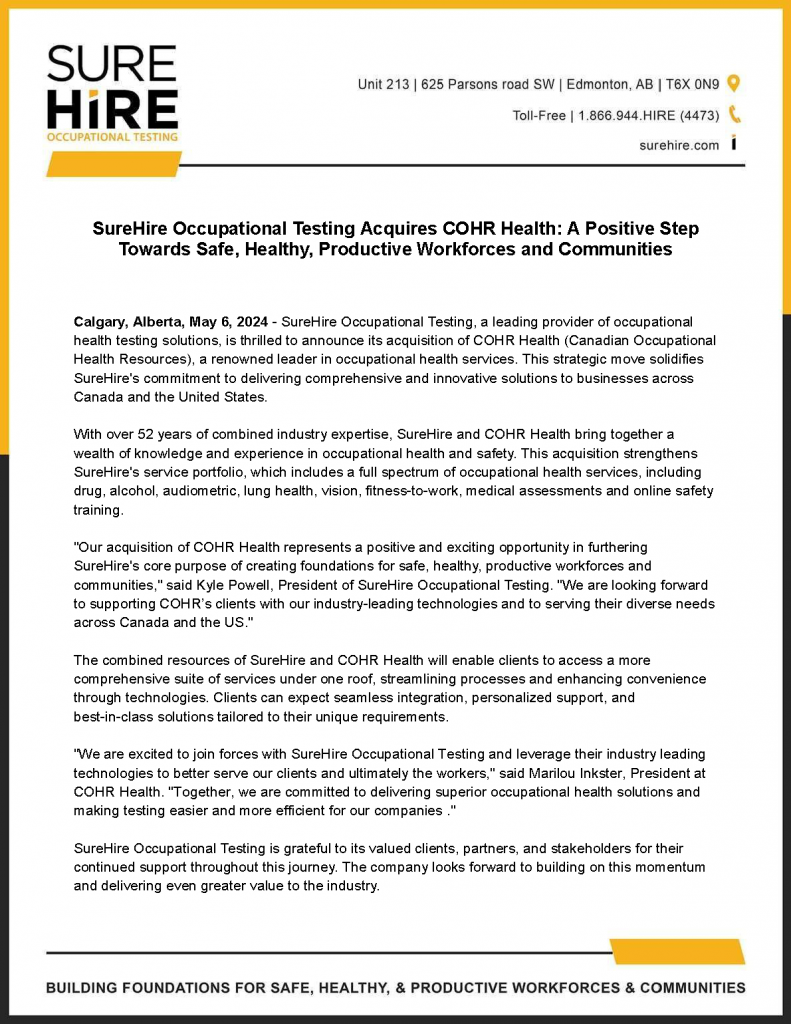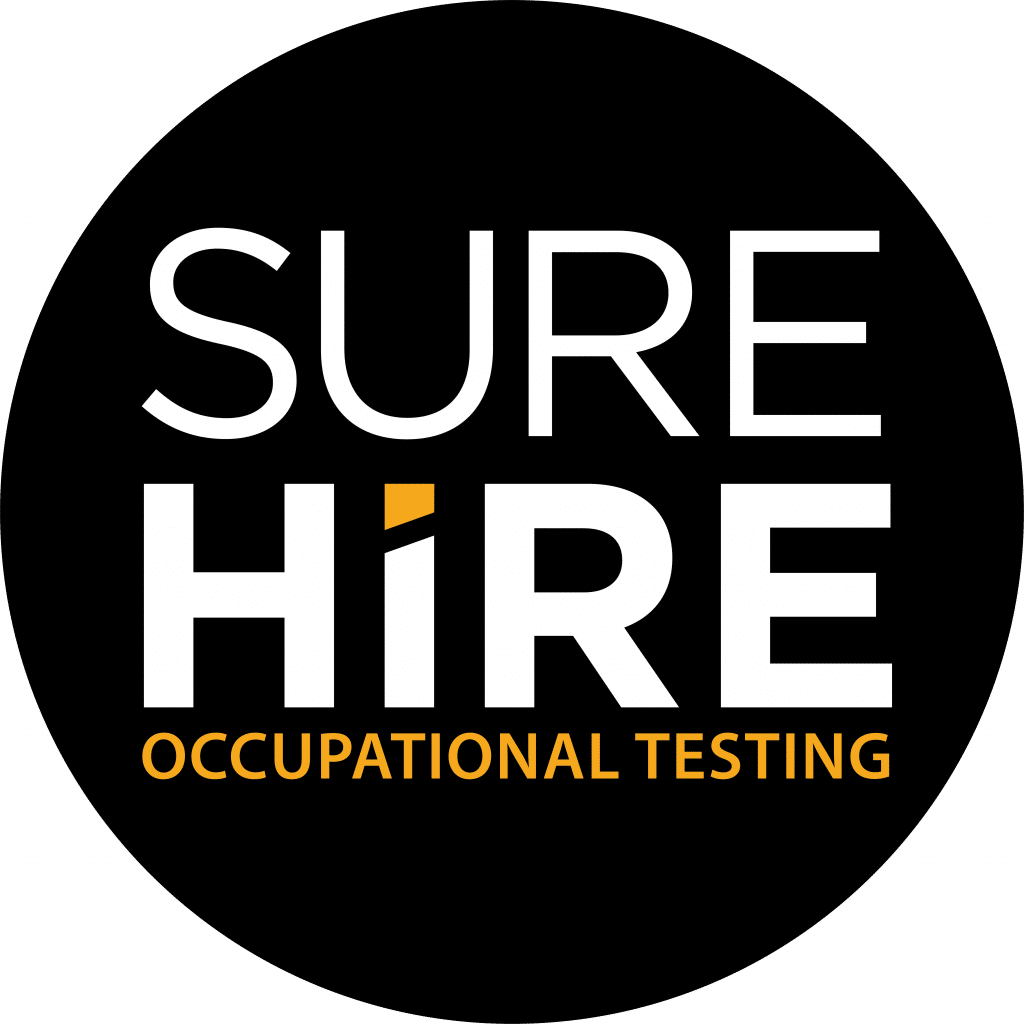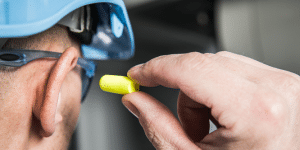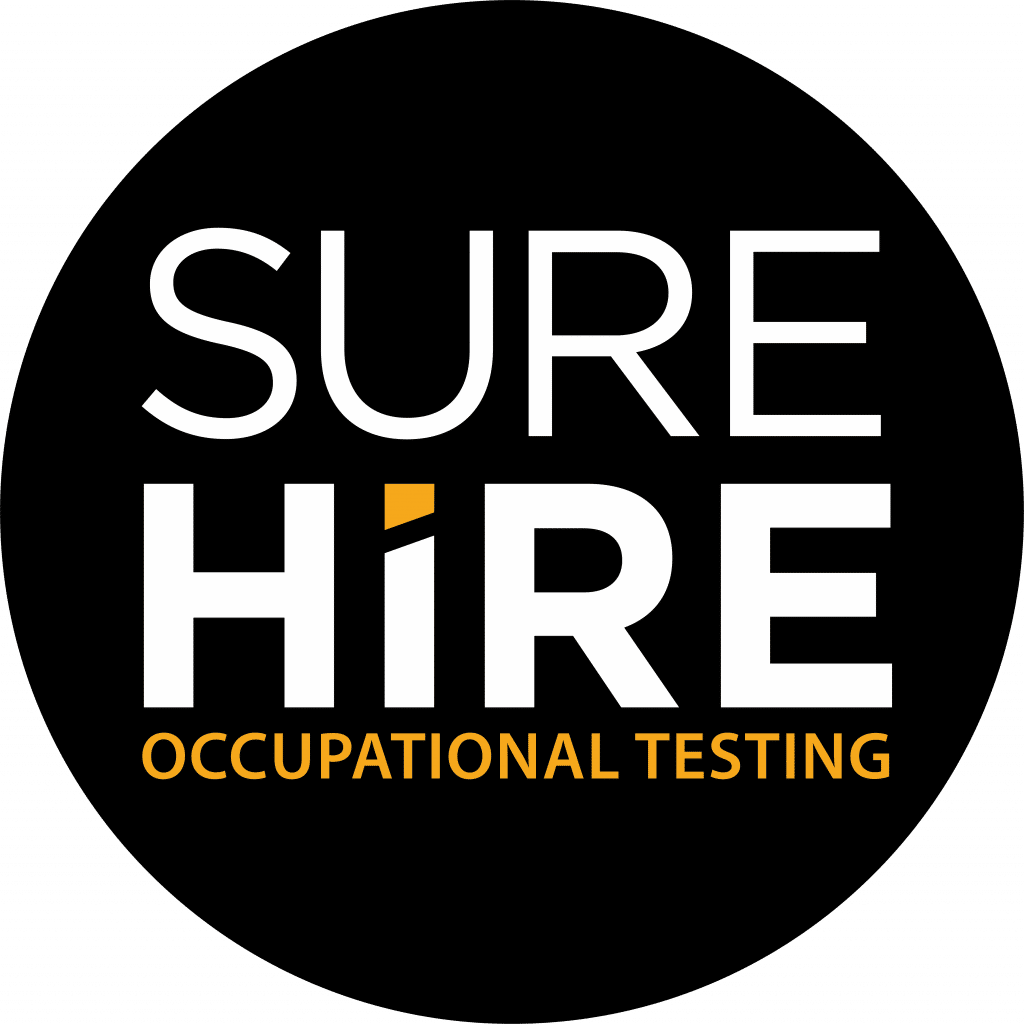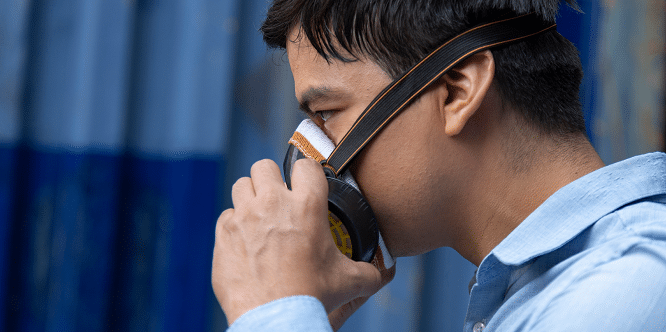Canadians are facing increased stresses, pressures, and health challenges, leading some individuals to turn to alcohol and drugs as a coping mechanism. Recent data from the Canadian Centre on Substance Use and Addiction highlights growing concerns around mental health and substance use. As a result, the risk of workplace substance abuse has escalated, prompting employers to take proactive measures. One key step is ensuring supervisors are equipped with reasonable suspicion training to help identify and address potential issues, ultimately supporting a safe and healthy work environment.
Alcohol and drugs are known to have harmful effects on the health, safety, and overall well-being of individuals, colleagues, and the public. In workplaces, it can result in:
- Increases in employee injuries,
- Increases in property or equipment damage,
- Increases in absenteeism and/or sick leave,
- Increases in conflict and violence,
- Increases in turnover,
- Reduced productivity,
- Increases in theft, and
- Decreased employee morale.
Employers cannot initiate reasonable suspicion testing without first going through the 5-step process. Reasonable suspicion training provides critical information about how to initiate reasonable suspicion training, including the 5-step process and other tools employers can use to help manage the misuse of alcohol and drugs in the workplace.
What is reasonable suspicion?
Reasonable suspicion is a term used to describe circumstances that usually indicate a reason to complete an investigation or assessment of an employee’s fitness for duty or to explore possible explanations for an employee’s unusual conduct, actions, or appearance. The findings of this assessment may conclude that an individual is either under the influence of a prohibited substance or facing other physical/mental strains. If the assessment points toward possible substance impairment, reasonable suspicion testing may be required.
What is included in the 5 Step Reasonable Suspicion Process?
To properly complete an investigation or assessment of an employee’s fitness for duty, it’s important for supervisors to fully understand each step of the process to ensure:
- The observed behaviours correlate with possible alcohol and/or drug use
- The necessary documentation is collected and reported
- The appropriate conversation is had with the employee
- The alcohol and drug screens are completed only when necessary
The 5-Step Reasonable Suspicion Process includes:
- Observation. There are 4 main indicators that will help you determine if someone may be under the influence.
- Confirmation. Get a second opinion.
- Documentation. All companies should have a reasonable suspicion checklist in their drug and alcohol policies that is readily available for all supervisors and managers.
- Confrontation. You must effectively communicate your findings with the employee.
- Testing. Check your policy – understand what testing is required.
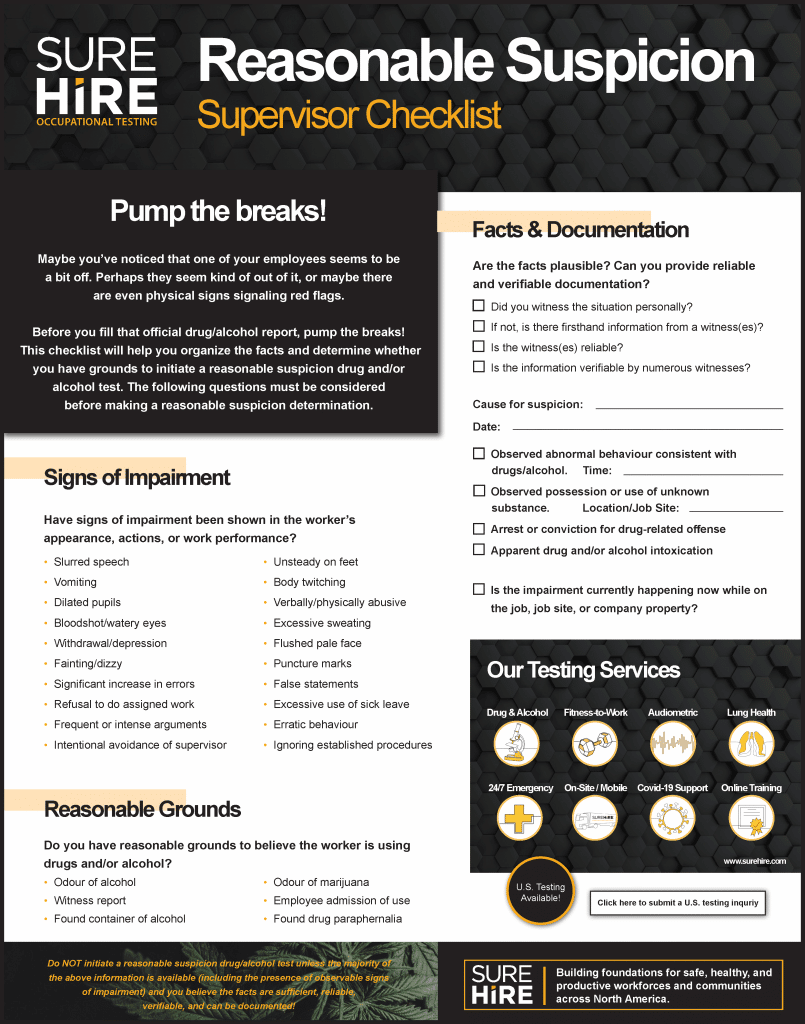
Important Considerations
Consistency. there must be a consistent process followed to ensure that there is no bias involved. Ensuring that a consistent checklist is used, and the same process is followed for each case will assist the employer. If there are inconsistencies in the process, it can have a negative effect on the employer in the case that a complaint is filed.
Confidentiality. The reasonable suspicion process is extremely confidential and is not to be taken lightly. The entire process is not to be shared with any individual who is not privy to this information.
SureHire’s Reasonable Suspicion Training Programs
Reasonable suspicion training is an important tool that employers can use to help manage the misuse of alcohol and drugs in the workplace. Properly trained and educated supervisors will be able to contribute to a healthy and safe workforce by having the ability to recognize the signs and symptoms of potential substance impairment and take the appropriate actions to manage reasonable suspicion circumstances, thereby preventing safety incidents from occurring.
SureHire offers a variety of interactive and self-study Reasonable Suspicion Training programs for employees and supervisors. Our courses have been completed by hundreds of individuals across North America and have been rated 5 stars.
Learn more about Reasonable Suspicion Training and get your workers certified today!





